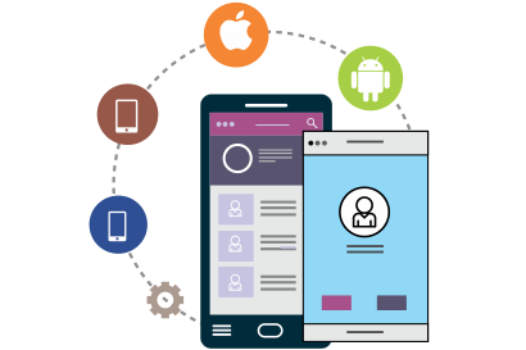
Gap Analysis
The gap analysis is performed by the Business Systems Analyst. It involves matching business functions to application functionality and identifying processes where the application needs to be extended/ modified to cater for specific requirements from customer. As part of this analysis, Change Request (CR) are prepared and submitted for development. The priority of each CR is also determined as per need of customer.

Customization and Development
Based on the CR created, the customization of the product is initiated. Customization may require additional functionality to be developed and/or modification to the existing application. Typically, a number of new reports and inquiries are required to be produced as part of an implementation. Before the development is initiated, a Functional Specification is produced and approved by the user representatives.

Interfaces & Setup
The relevant interfaces which are essential for a complete implementation are identified. Since any new application will be exchanging data with others, the success of the implementation depends to a large extent on the quality of integration that is achieved. Where an application needs to be implemented in phases, temporary interfaces need to be developed to support functions that will continue to perform in the previous system. Interfaces that need to be developed may be real-time data communication, batch file transfers or utilize messaging based middle-ware.
Application setup consists of populating the reference files and configuring the system parameters. Some of the reference files may require data conversion and others would need to be keyed-in.

Converstion & Testing
Data conversion involves writing automated processes that convert data from one format to another. This may involve migrating data from one platform to another and combining multiple data files into one or vice versa.
As changes are rapidly being implemented in the application, it is essential to verify not only the correctness of new features but also to ensure that base features continue to function correctly before the modules are rolled out into production. This involves performing functional as well as regression testing.
Release & Support
Application Release involves a close coordination between the Application development department and the business users to ensure that system is available and is being used to capture the transactions. It also involves resolving issues regarding the need to run the legacy system in parallel and ensuring that correct transactions are being posted in the new system. Deployment issues of applications also need to be addressed before the rollout.
The training material is developed to train the end users. Documentation is also produced to help users to perform the business functions and to provide users with a quick reference. Where required, Computer Based Training is developed and web based documentation is produced and hosted on the company intranet. A crucial element of user support is to help users adapt to the new system. This would include an understanding of the business practices employed by various user groups and finding equivalent application features and/or adapting the workflow within the constraints of the application








